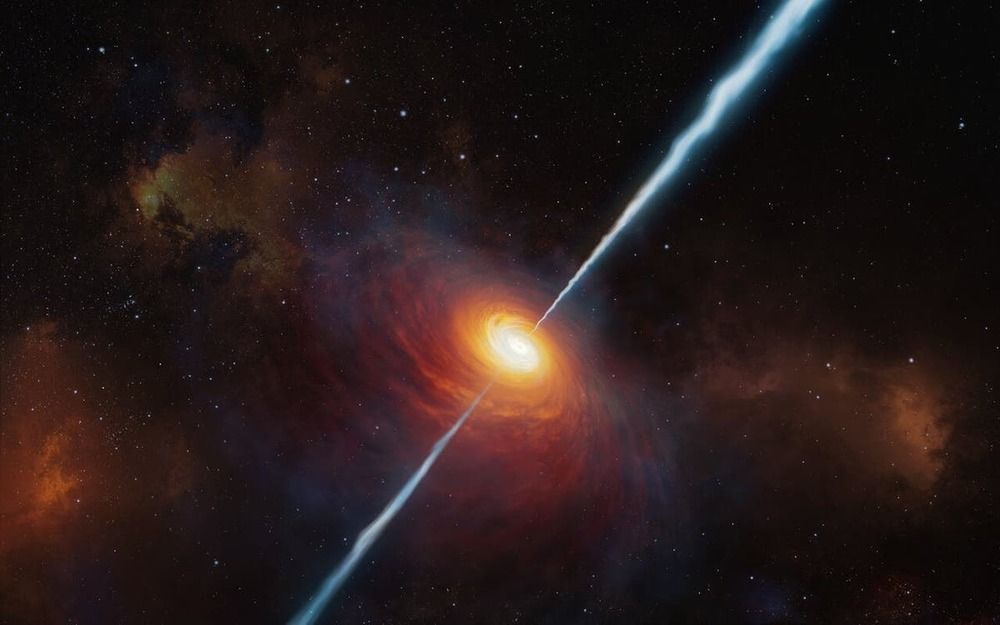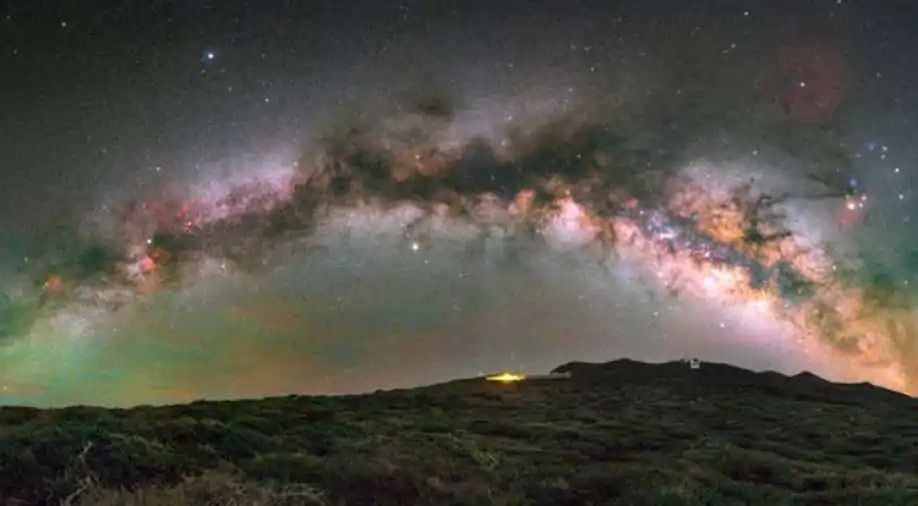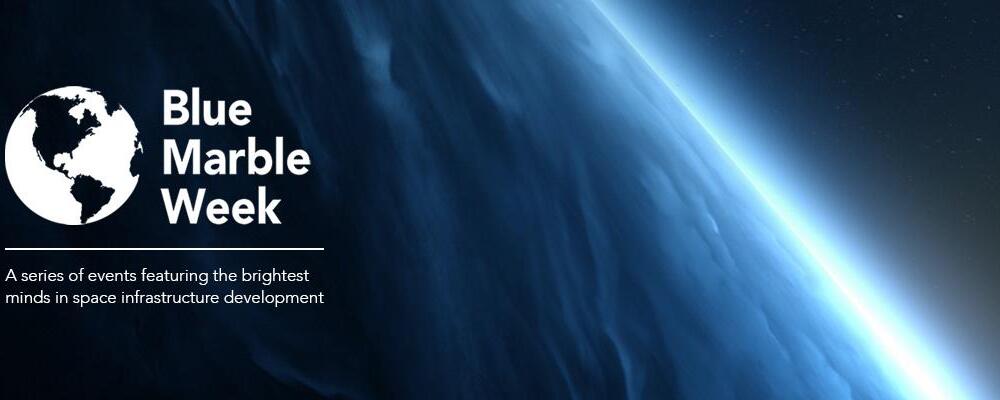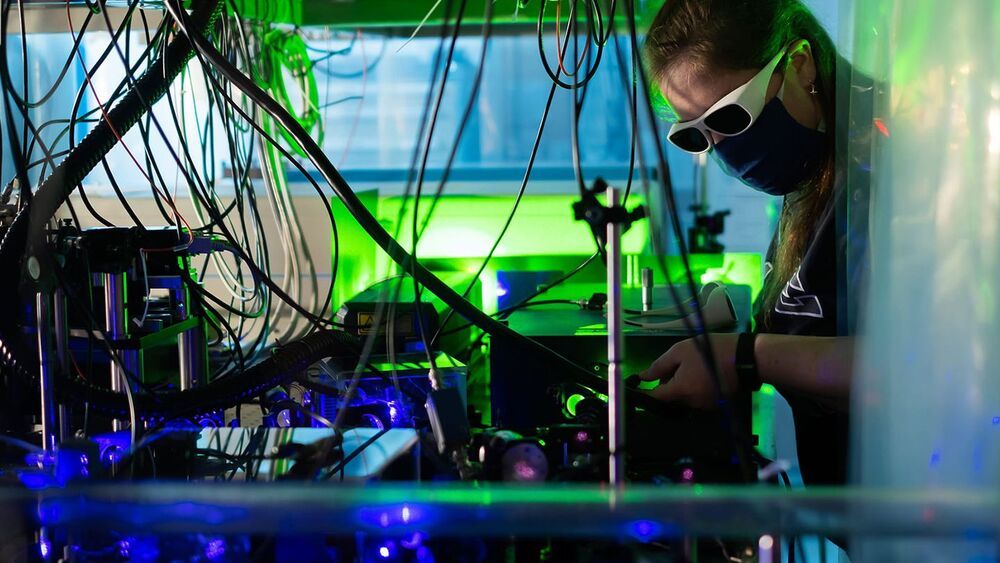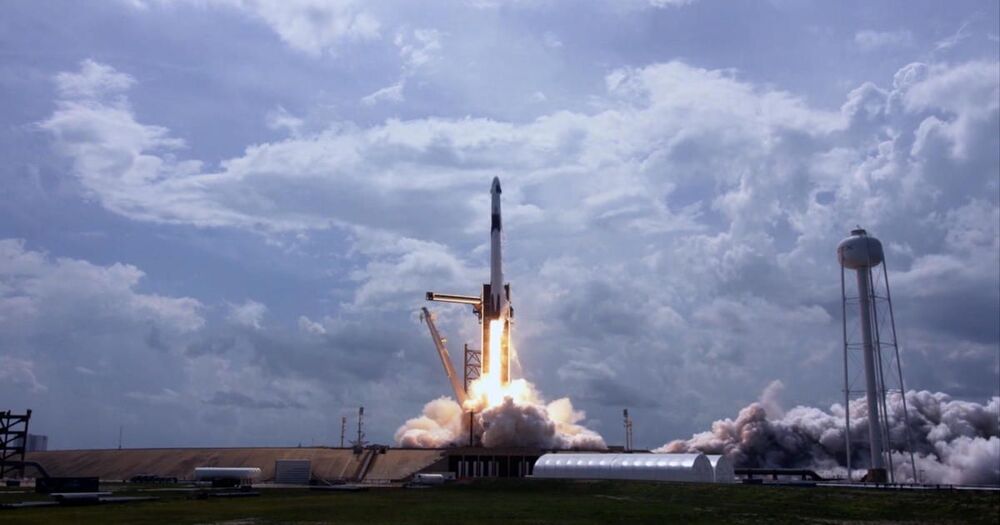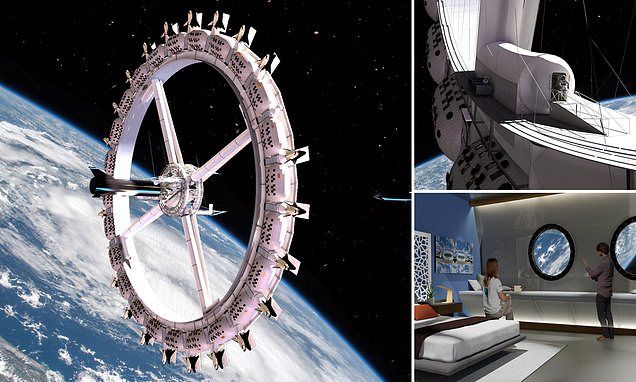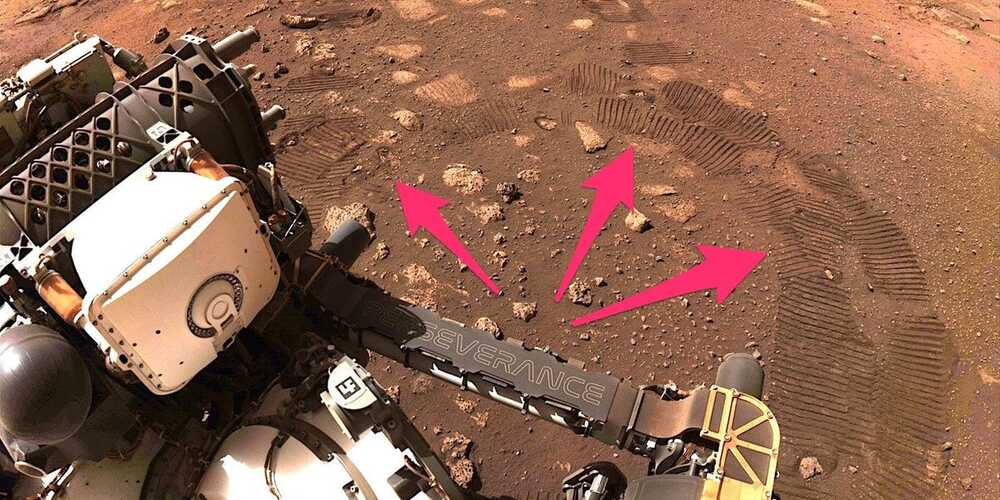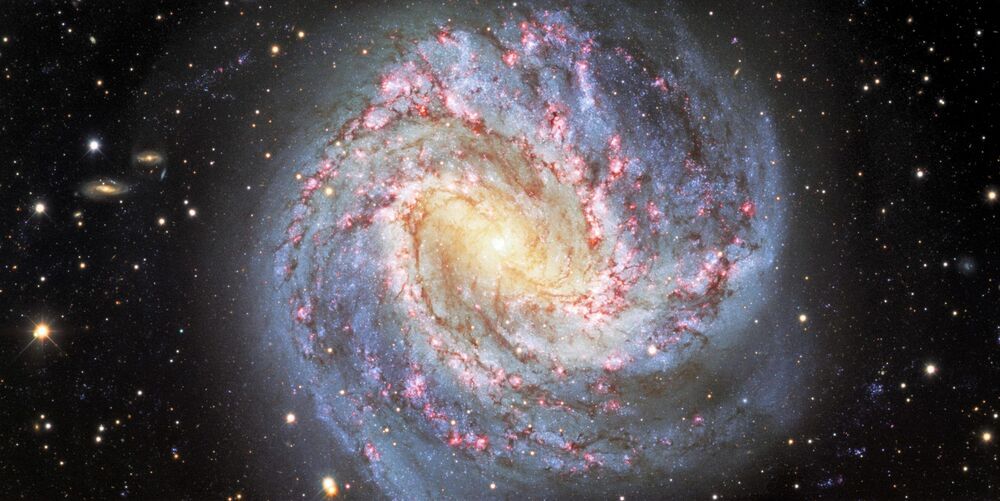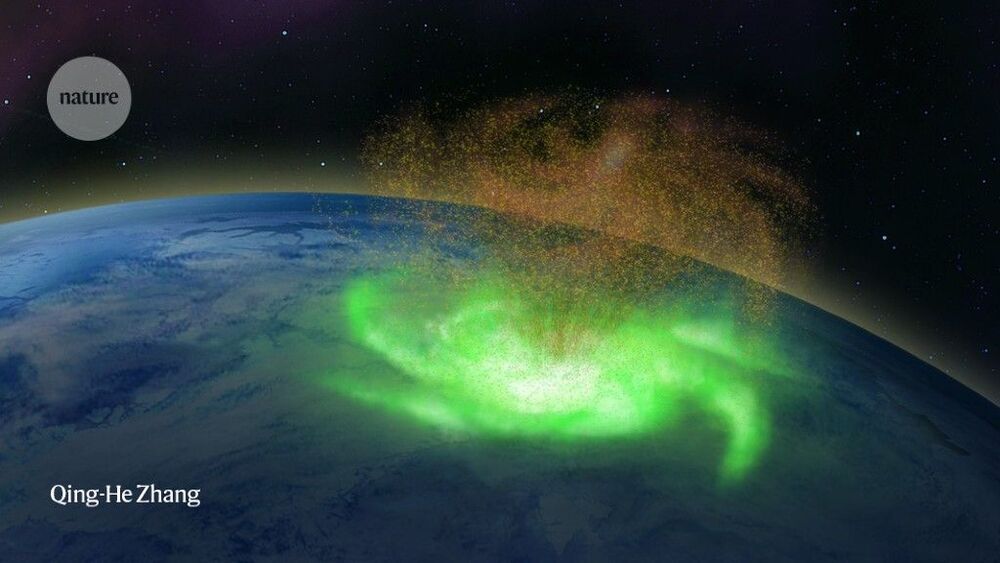Scientists have discovered the most distant radio blast ever known.
The blast came from a quasar that is so far away that its light took 13 billion years to arrive at Earth.
That means that the signals detected by scientists are coming from a time when the universe was just 780 million years old.
